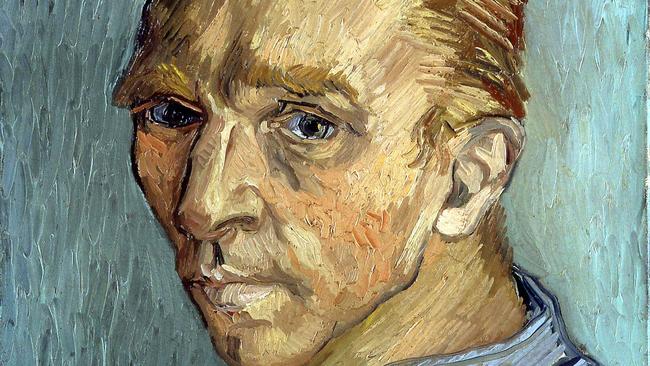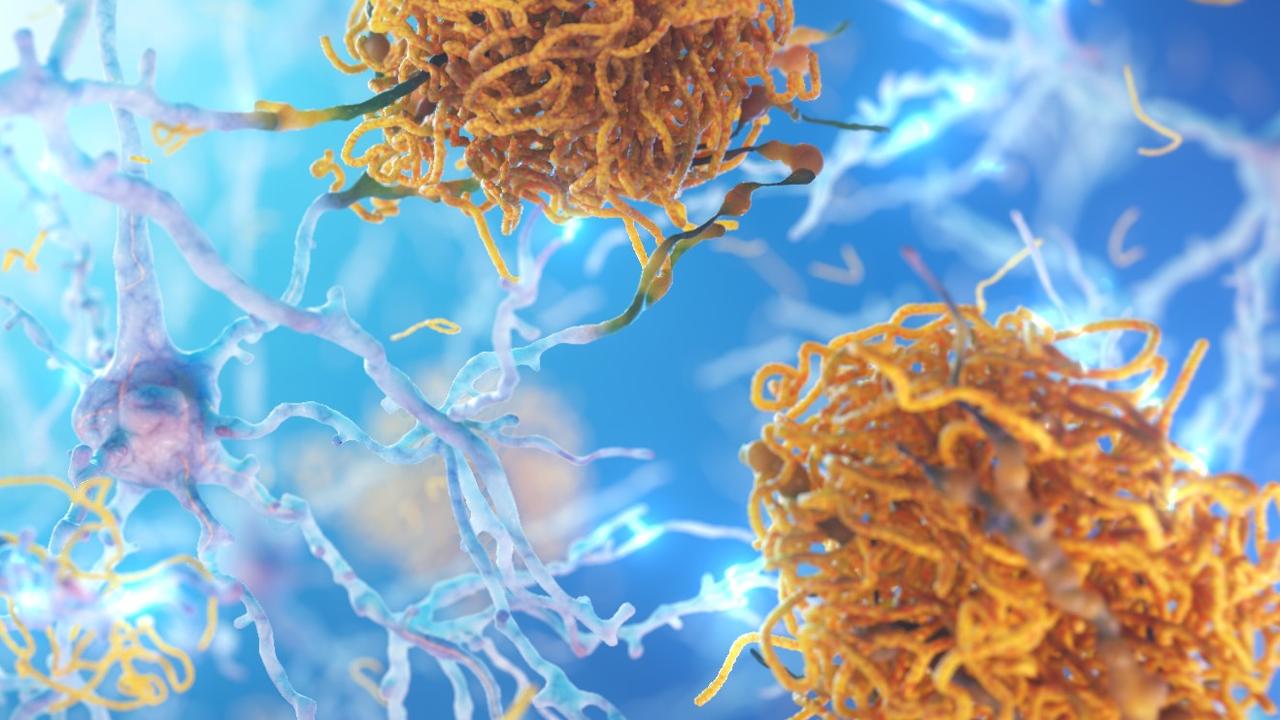Scientists now have an answer to why van Goghs paintings are turning white
ART experts have long been scratching their heads trying to establish the reason why some of van Gogh’s works are turning white. Now they have an answer.

ART curators and experts have long been scratching their heads trying to establish the reason why some of van GoghÂ’s most prized works of art are turning white.
Now researchers at the University of Antwerp have been able to provide the missing link.
To find out the reason behind the phenomenon, the Belgium researchers examined a tiny white piece of van Gogh’s Wheat stack under a cloudy sky.
By inspecting the speck under a microscope and using x-ray lasers, the researchers were able to determine what minerals it contained.
It was discovered the speck was originally red and contained a lead known as plumbonacrite.
The scientists explained plumbonacrite was one of the first synthetically-made paints known to man and was popular with van Gogh.
However, unbeknown to him the time, plumbonacrite degrades colours when exposed to light.
“This is the first reported occurrence of this compound in a painting dating from before the mid-20th century,” researchers wrote.
Researchers hope the breakthrough will have a wider influence on art conservation.
Knowing that the rare mineral in the red may fade from the colour originally intended, they hope curators will rethink how van Gogh’s paintings are displayed in light.



